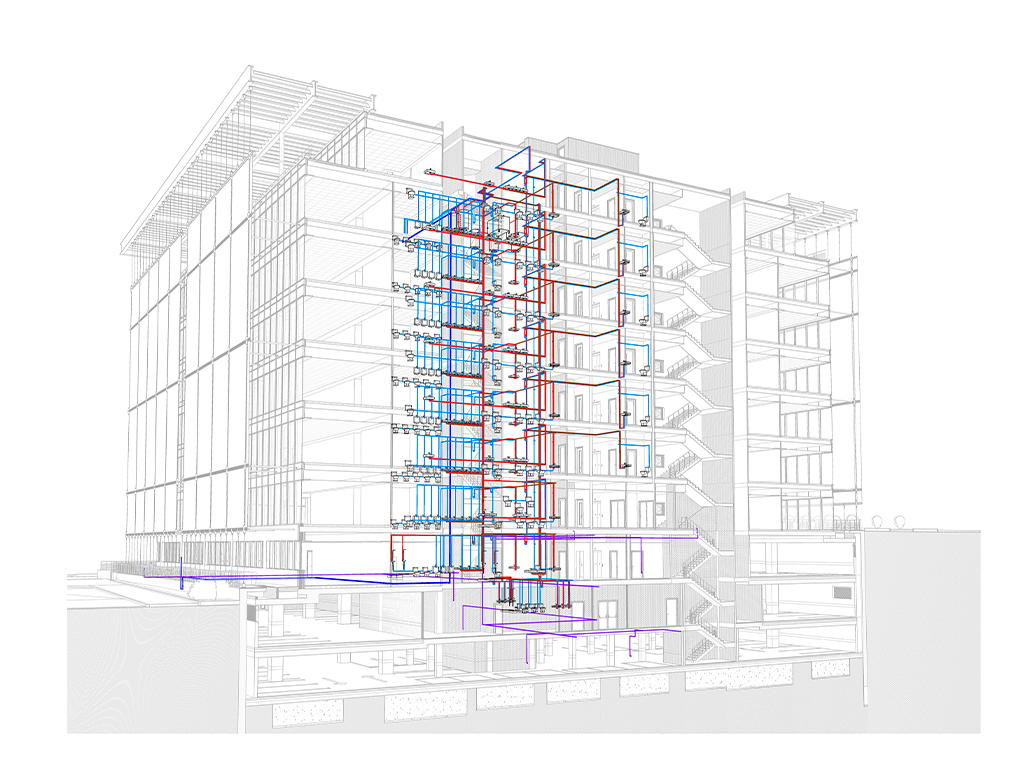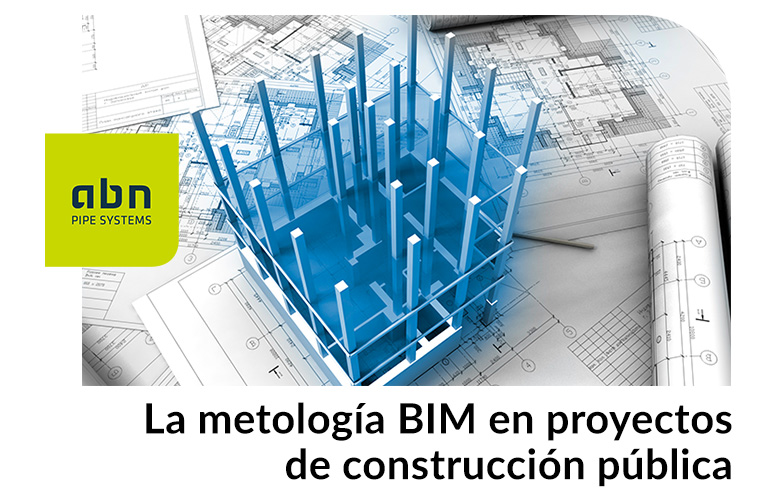La metodología BIM ha surgido como una revolución en la industria de la obra pública, transformando principalmente la forma en que se planifican, diseñan y ejecutan proyectos de infraestructura.
A través de la digitalización integral de la información y la colaboración en tiempo real entre todas las partes involucradas, BIM promueve una mayor transparencia, precisión y control en todo el ciclo de vida de la constructivo, entre otras ventajas.
En este sentido, además de reducir los riesgos y los costes asociados a errores de diseño y edificación, BIM también permite un mejor mantenimiento y gestión de activos una vez que se completa el proyecto. Esto se traduce en un ahorro significativo de recursos públicos a largo plazo y en un aumento de la calidad de las infraestructuras gubernamentales.
Por ello, desde el gobierno español se ha aprobado en el mes de julio el Plan BIM en la Contratación Pública. Esta herramienta contribuye a los objetivos establecidos por varios instrumentos estratégicos sobre transición ecológica y digital a nivel global, comunitario y nacional, tales como la Agenda 2030, el Pacto Verde europeo o la Estrategia Nacional de Economía Circular, entre otros, y se alinea con la política de fomento de la innovación a través de la contratación pública estratégica, impulsada por la Comisión Europea, así como con la Estrategia Nacional de Contratación Pública.
¿Qué valor tiene la implantación del BIM?
El Plan BIM en la Contratación Pública establece una incorporación gradual y progresiva de esta metodología en diversos contratos públicos de la Administración General del Estado (AGE) y el sector público estatal relacionados con la construcción.
Su implantación en la contratación pública responde a los siguientes objetivos:
- Mejora la eficiencia del gasto público en los contratos relativos al sector público, reduciendo plazos y costes en la ejecución de contratos del sector público y mejorando la productividad. En este caso, los ahorros potenciales por el uso de BIM han sido cuantificados por el EU BIM Task Group en el «Manual para la introducción de la metodología BIM por parte del sector público europeo» el cual estima que la digitalización de los procesos de ingeniería, construcción y explotación podría suponer unos ahorros que suponen desde un 10 % hasta un 20 % del gasto en construcción de los proyectos de edificación y de infraestructuras.
- Sirve de palanca para la transformación digital del sector de la construcción por su orientación estratégica hacia la innovación. Ya que la metodología BIM está considerada entre las principales tecnologías de digitalización del sector de la construcción en el informe «Digitalisation in the construction sector, Analytical Report», junto con el uso de otras tecnologías, tales como el uso de drones, realidad aumentada, internet de las cosas, o la inteligencia artificial.
- Mejora la competitividad de las empresas españolas, tanto a nivel nacional como a nivel internacional, puesto que les permitirá diferenciarse y destacar sobre otros competidores al disponer de procesos más sostenibles, tanto desde un punto de vista económico como ambiental.

Obligatoriedad del uso de la metodología BIM
La obligatoriedad de la metodología BIM en la contratación pública en España se sustenta en la colección de beneficios que aporta tanto a nivel operativo y competitivo como de control de aspectos relacionados con la eficiencia energética y la huella de carbono; pero su implantación en el estado supondrá un objetivo a alcanzar a largo plazo.
El Plan fija los umbrales económicos, a partir de los cuales los órganos de contratación emplearán BIM en los contratos públicos, conforme a un calendario progresivo que abarca desde 2024 a 2030 y en niveles crecientes de aplicación de BIM.
- PreBIM, en el cual no está prevista la colaboración para el desarrollo de las actividades de trabajo.
- Inicial, en el que la colaboración no está del todo establecida.
- Medio, donde la colaboración se convierte en el principal factor.
- Avanzado, que representaría una colaboración plena entre cada una de las partes, trabajando sobre un modelo único en tiempo real.
- Integración, caracterizado por una perfecta integración de la información y del uso de modelos y de plataformas de almacenamiento y gestión de la información.
La incorporación de BIM en organismos públicos tendrá un efecto tractor que permitirá que el sector de la construcción, incluida la PYME, así como la sociedad, se beneficien de las oportunidades que supone el uso de esta metodología.
